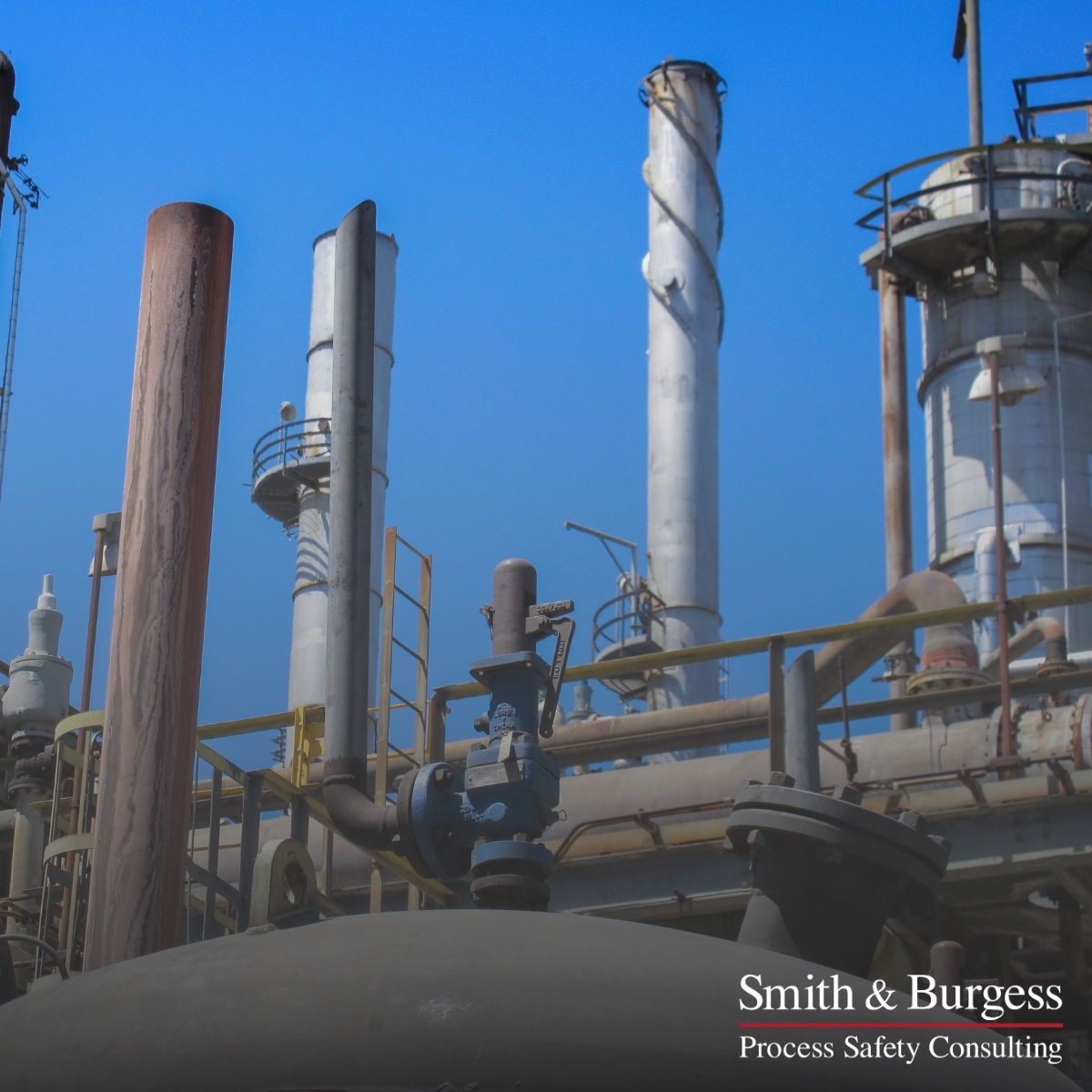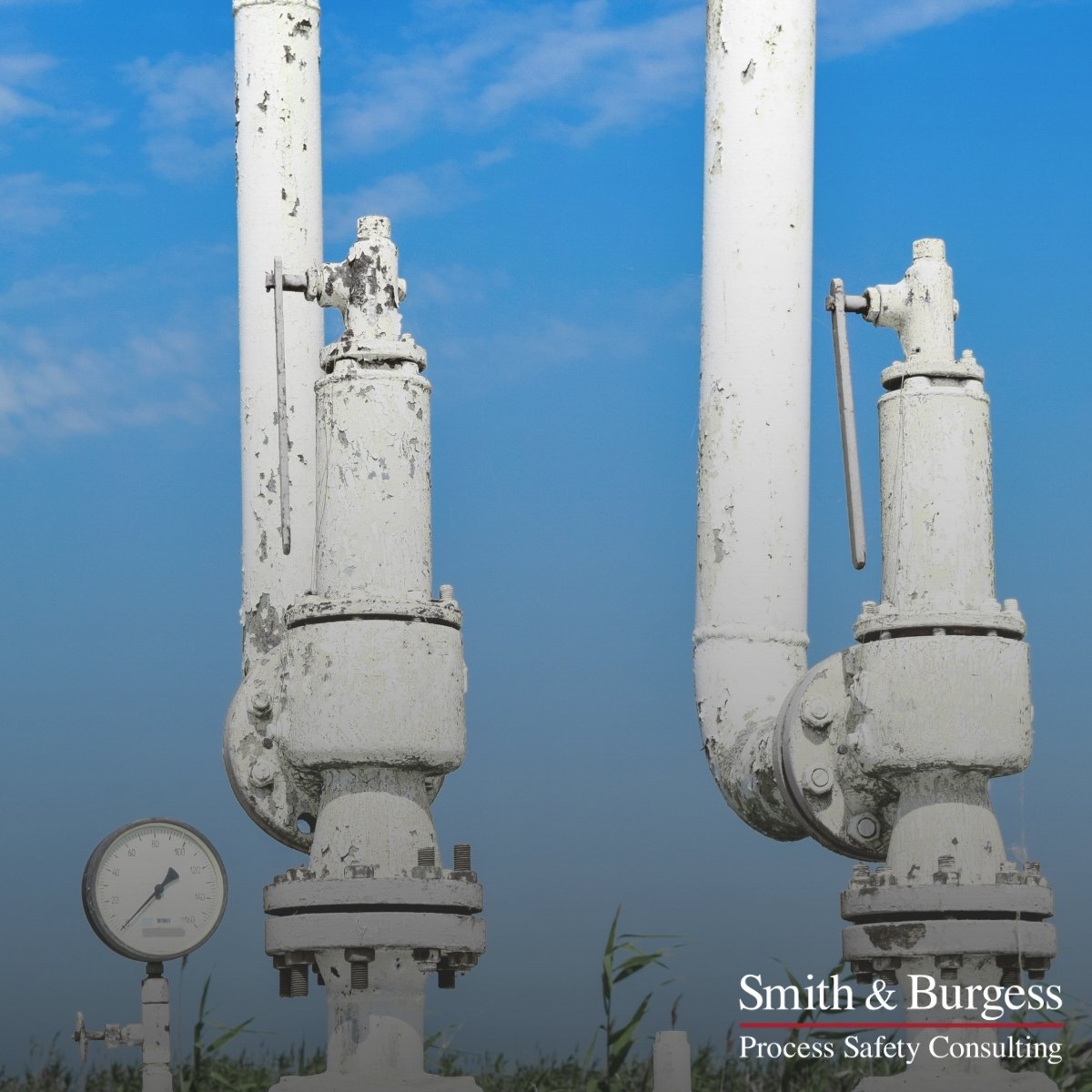Did you know, the allowable total backpressure for a conventional valve can be larger than 10% of the set pressure? According to API 520-1 §5.3.3.1.3:
Many people think a relief valve on a pipe should never see more than 10% backpressure for spring-loaded relief devices. In reality, that’s a guideline for normal cases, not a hard law of physics. That 10% is not a one-size-fits-all limit—it depends on how much extra pressure (overpressure) the valve can handle during an emergency or extreme case.
According to API 520-1 §5.3.3.1.3, “in a conventional PRV application, when the allowable overpressure is 10%, the built-up backpressure should not exceed 10% of the set pressure. A higher maximum allowable built-up backpressure may be used for allowable overpressures greater than 10%, provided the built-up backpressure does not exceed the allowable overpressure.”
So, what does this mean, and when is it applicable? In this blog, we’ll go over a few examples and explain the answers to these questions in simple terms.





